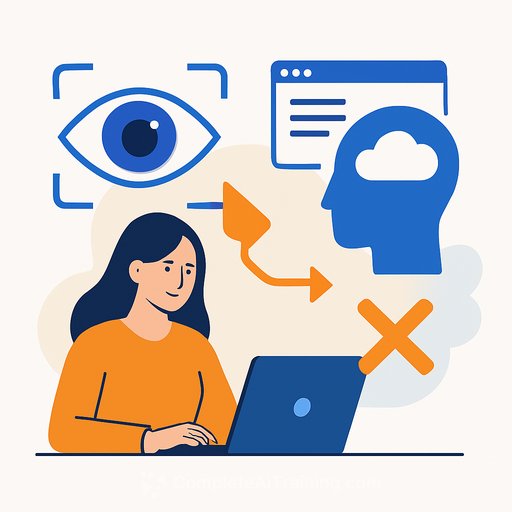AI Nudity Dataset Found to Contain CSAM, Raising Legal and Ethical Alarms
A widely used dataset for training AI nudity detectors contained images of child sexual abuse material (CSAM), according to the Canadian Centre for Child Protection (C3P). The NudeNet dataset, scraped from public internet sources and distributed since 2019, included more than 700,000 images.
C3P reports that over 250 academic works cited or used NudeNet or its classifier. After a notice from C3P, Academic Torrents removed the dataset from its platform.
What C3P Found
A sample review identified more than 120 images of known CSAM victims within the dataset. C3P also reported multiple images depicting abusive content involving minors.
In a non-exhaustive review of 50 academic projects, 13 used the NudeNet dataset directly and 29 relied on the pre-trained classifier or model. The takeaway is simple: models and downstream projects may inherit risk from unvetted training data.
Why This Matters for Researchers, Developers, and Teams
Possessing CSAM is illegal in many jurisdictions, regardless of intent. That creates serious legal exposure for individuals, labs, and companies that downloaded or mirrored the dataset without knowing its contents.
There's also the ethical cost. As Hany Farid, a UC Berkeley professor known for PhotoDNA, put it, "Even if the ends are noble, they don't justify the means in this case."
A Pattern, Not an Outlier
These findings echo 2023 research from Stanford University's Cyber Policy Center that identified CSAM in LAION-5B, a massive image dataset used to train image models. LAION pulled the dataset, then re-shared it after removing flagged content.
Large image datasets are often collected at scale with minimal vetting, then reused in research and product development. That convenience can hide serious risk.
If You Touched NudeNet or Similar Datasets
- Isolate affected systems: Pause processing and quarantine copies of the dataset and derivatives. Do not distribute further.
- Engage legal counsel: Get jurisdiction-specific guidance before taking action.
- Notify the right authorities: Depending on your location, that may include your national hotline, NCMEC, or C3P.
- Audit downstream artifacts: Check models, checkpoints, embeddings, caches, and mirrored storage that may contain tainted data.
- Retrain if needed: If contamination is confirmed or likely, rebuild models from vetted sources.
- Document and disclose: If you published work or shipped features relying on the dataset, consider a public note or erratum.
Build Safer Data Pipelines Going Forward
- Provenance first: Require source documentation and licensing for every dataset used, including chain-of-custody for mirrors and forks.
- Pre-ingest screening: Use multi-layered checks (hash-matching against known CSAM databases, safe-search classifiers, manual spot checks, and sampling).
- Ongoing monitoring: Re-scan datasets on updates; keep a process for removal requests and rapid takedowns.
- Access controls: Limit who can import high-risk data; log all dataset actions; require approvals for external datasets.
- Third-party audits: Bring in independent reviewers or tools to test data hygiene and compliance.
- Model risk assessment: Track which models were trained on which datasets; gate deployment on data quality checks.
- Ethics review: Add a lightweight review step for datasets that include sensitive content, even for research use.
Statements from Experts
"CSAM is illegal and hosting and distributing creates huge liabilities for the creators and researchers," said Hany Farid. "There is also a larger ethical issue here in that the victims in these images have almost certainly not consented to have these images distributed and used in training."
"Many of the AI models used to support features in applications and research initiatives have been trained on data that has been collected indiscriminately or in ethically questionable ways," said Lloyd Richardson, C3P's director of technology. He added that the harm here is preventable with better diligence.
How the Dataset Was Pulled
Academic Torrents removed NudeNet after C3P issued a takedown notice. C3P said the tip came through its national reporting channel and led to closer review.
What This Signals for AI Development
Shortcuts in data collection can come back to bite teams months or years later. The cost isn't just a bad headline; it's legal risk, model retraining, and broken trust.
If you publish datasets or models, vet them. If you use public datasets, assume nothing and verify everything.
Further Reading
Level Up Your Team's Practices
If your team needs a structured refresh on responsible AI workflows, data governance, and deployment guardrails, explore curated programs and training paths here: Latest AI Courses.
Your membership also unlocks:









